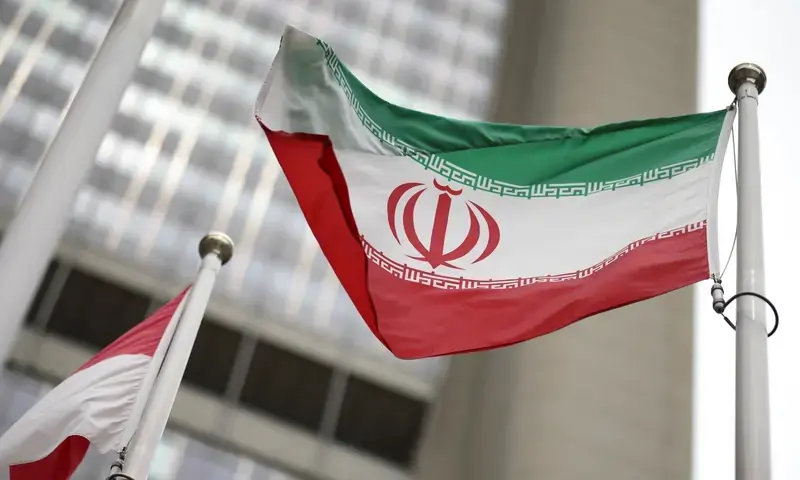Iran’s Foreign Minister Abbas Araghchi stated in an article ‘The Gardian’ that the country is prepared to accept limits on its nuclear program and restrictions on Uranium enrichment if international sanctions are lifted.
Araghchi emphasised that Iran is ready to negotiate a “realistic and long lasting bargain” that includes stringent oversight and curbs on enrichment in exchange for the termination of sanctions.
He warned that failing to take advantage of his ”fleeting window of opportunity” could lead to significant and destructive consequences for the region and beyond.
This message was directed at the E3 group of nations France, Germany, and the UK who are involved in discussions regarding Iran’s nuclear program.
At the end of August, the E3 triggered a mechanism to reinstate UN sanctions on Iran for not complying with commitments from a decade old agreement regarding its nuclear activities. Under this “snap back” mechanism, Iran was given a month to negotiate before sanctions would be reimposed.
EU foreign policy chief Kaja Kallas met with Araghchi on Thursday to pursue a “negotiate solution” to the ongoing standoff.
The 2015 nuclear deal, brokered under former US President Barack Obama provided Iran with sanctions relief in return for significantly reducing its nuclear activities.
However, President Donald Trump withdrew from the agreement during his first term, imposing sweeping sanctions including on countries that purchased Iranian oil.
Western nations have accused Iran of attempting to develop nuclear weapons a claim Tehran denies, asserting it right to civilian nuclear program.






